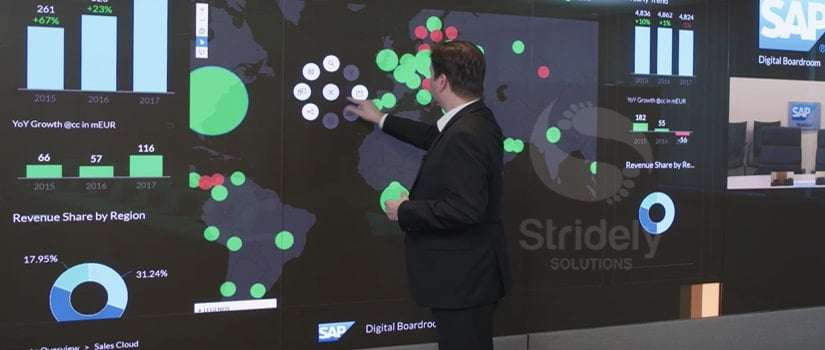All that you need to Know about Oracle ASCP (Advanced Supply Chain Planning)!

Oracle ASCP is an internet-based and comprehensive planning solution for enterprises. It decides the work orders, purchase orders, and inventory, which must be deployed within an expansive supply chain. In short, it is the supply planning function.
All about SAP Digital Boardroom: Changing the way you utilize Information in decision-making for your Enterprise

Almost all industry verticals are going through digitization at present, changing every aspect of the core business landscape. One major reason behind such a big change is excessive change in the customer expectations.
Utilizing the Power of Big Data Analytics for Oil and Gas Industry

Data is gold for industries and the oil & gas industry is no exception. In this domain as well, there is a huge pile of crude data about the presence of the reservoirs, seismic data, and the like. You will be shocked to know that about 50% of the working hours of oil & gas industry engineers are spent on capturing the data.
RPA: A Blessing in Disguise for Accounting & Finance Industry

Can you imagine having a skilled accounting & finance workforce which don’t need a coffee break, meet all the deadlines, never miss out on a single detail, automatically double-check the information, and is never late during the taxation season?
All About Power Apps Ideas, Microsoft’s latest AI-powered assistant to let people code using natural language!

From assembly-level programming to the high-level programming languages like C++ and Java, improving the coding experience for developers has always been the top priority for the tech world. This zeal of letting coders have ultimately low-code app building experience is taken to a different level of reality by Microsoft.

